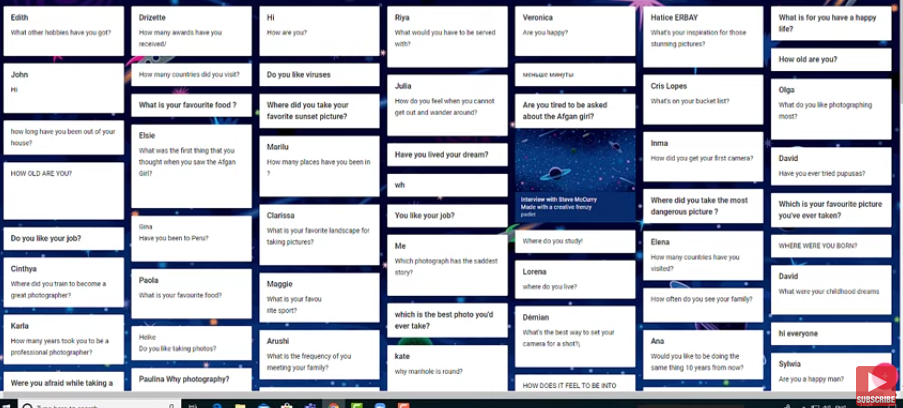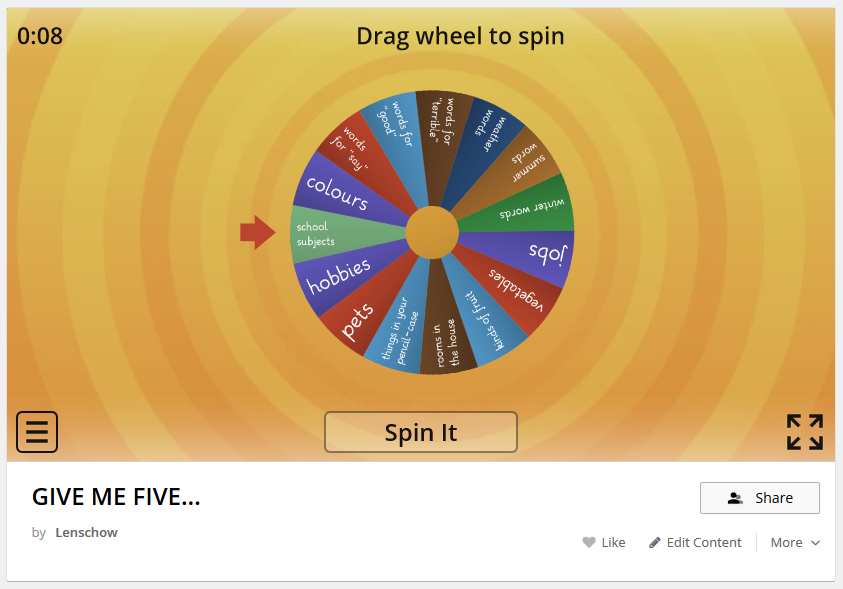ELT and the big C: Professional Networking in a Pandemic
As more of us are working from home, what networking opportunities are we missing? Why is networking still important? And how can we continue making connections?
WFH: working from home
For many of us who freelance from home or tutor English online, the pandemic didn’t change our working habits too much. The main difference is that our partners and friends have learned how tough it is to balance working where we live.
We’ve learned how to structure our days with kids at home, classes online, and teaching in new ways. And we’ve had to meet these new challenges without being able to commiserate with colleagues around the proverbial water cooler.
Unknown quantities
A recent article in The Atlantic noted that for those who have established careers and strong professional networks, the lack of “face time” in an office or school may not be detrimental. But, “for those still trying to make such ties, remote work can be alienating” and have long-term career consequences.
The author notes that remote workers are “unknown quantities [who] don’t become beloved colleagues, or get promoted.” It turns out that time chatting in the hall or prepping lessons in the same room is vital to establishing social connections that aid professional advancement.
And, as we’ve known for some time, 70% of jobs are found through our connections.
Creating Connections
We don’t know when we might next be able to chat with a fellow teacher over a cup of coffee during a workshop break. Meeting with industry reps in an exhibit hall or grabbing a drink with newly-met friends after a weekend conference are opportunities that we may not have for a very long time.
So what can we do in the meantime to make sure we’re growing that all-important professional network?
Maintain an online presence
Even if you weren’t teaching online prior to the pandemic, chances are that you’ve taught or taken at least a few classes via video chat since this all began.
That means you may be meeting new students and colleagues for the first time in a virtual environment. You’re an unknown quantity that they’re going to want to get to know.
When they google your name, what comes up? Do you have a professional online presence?
LinkedIn is a great place to create an online professional persona. It’s the first place I check when I meet someone new in my field. After last year’s Business English conference in Berlin, I connected with everyone whose talks I’d seen. I went through business cards I’d collected, connected on LinkedIn, and threw out the cards.
Create digital business cards
Today, there’s even less of a reason than ever before to buy old-fashioned business cards. Digital business cards are simple to set up. They offer your contacts a quick way to find your social media profiles. Also, digital business cards make it easy to set up a video chat with you.
At HiHello you can even install a virtual background for Zoom that includes a QR code so that participants in workshops can scan and go straight to your “business card.” Check out my business card.
Attend online workshops and conferences
An unexpected side effect of moving everything online is greater access to professional development opportunities from around the globe.
Case in point: the English Language Teacher’s Associations (ELTAs) in Germany have banded together to offer free attendance to each other’s workshops, increasing opportunities to make connections across the country.
On Nov 28th, we’re hosting the first-ever Inter-ELTA day–a full-day online conference with speakers from each of the seven ELTAs. Sure, it’s not the same as meeting in person. However, you can still get that boost of inspiration, learn from your colleagues, and chat about teaching topics.
Organizers are wisely offering an online “lounge” where participants can hang out and chat. This will provide a vital opportunity for you to get to know other teachers…and for them to get to know you!
(ELTABB members can sign up here.)
Set up coffee dates and masterminds
Just because we can’t meet in person, doesn’t mean we can’t meet. After I connected on LinkedIn with people from last year’s Business English conference, several suggested we set up a video chat to talk some more.
These virtual coffees have now become the norm. I regularly meet with fellow teachers from France, Chile, Switzerland, Indonesia, and Italy. And I’ve made helpful connections with folks in the US, China, and Germany.
Scheduling software like Calendly can help you find convenient times to connect, while slimmer video apps like Whereby make it easier to meet with those who have slower Internet speeds or greater privacy concerns.
Whether it’s a one-off chat after a workshop or a continuing support group or mastermind, these connections can be vital for professional feedback and support.
Volunteer
Getting involved in your local teaching association is a great way to grow your professional network.

This year’s ELTABB board has navigated a lot of new challenges, starting back in February when the keynote speaker for our Annual General Meeting had to join virtually due to a recent trip to a Covid hotspot.
Since then, we’ve become Zoom experts, moving our monthly workshops online, figuring out how to continue networking Stammtische, and constantly working on better ways to support our members. Through it all, we’ve had each others’ backs.
If you’re interested in getting involved, several Board positions will open up in the new year. (for members: check the Ning for more info).
As the teaching world as we know it continues to evolve, who knows what opportunities these new professional networks may provide in the future?







 Slobodan Kelečević started out as an EFL teacher but has found his true calling in language training and coaching. He is excited to work in this age of great changes in language learning. For more information about him,
Slobodan Kelečević started out as an EFL teacher but has found his true calling in language training and coaching. He is excited to work in this age of great changes in language learning. For more information about him, 











